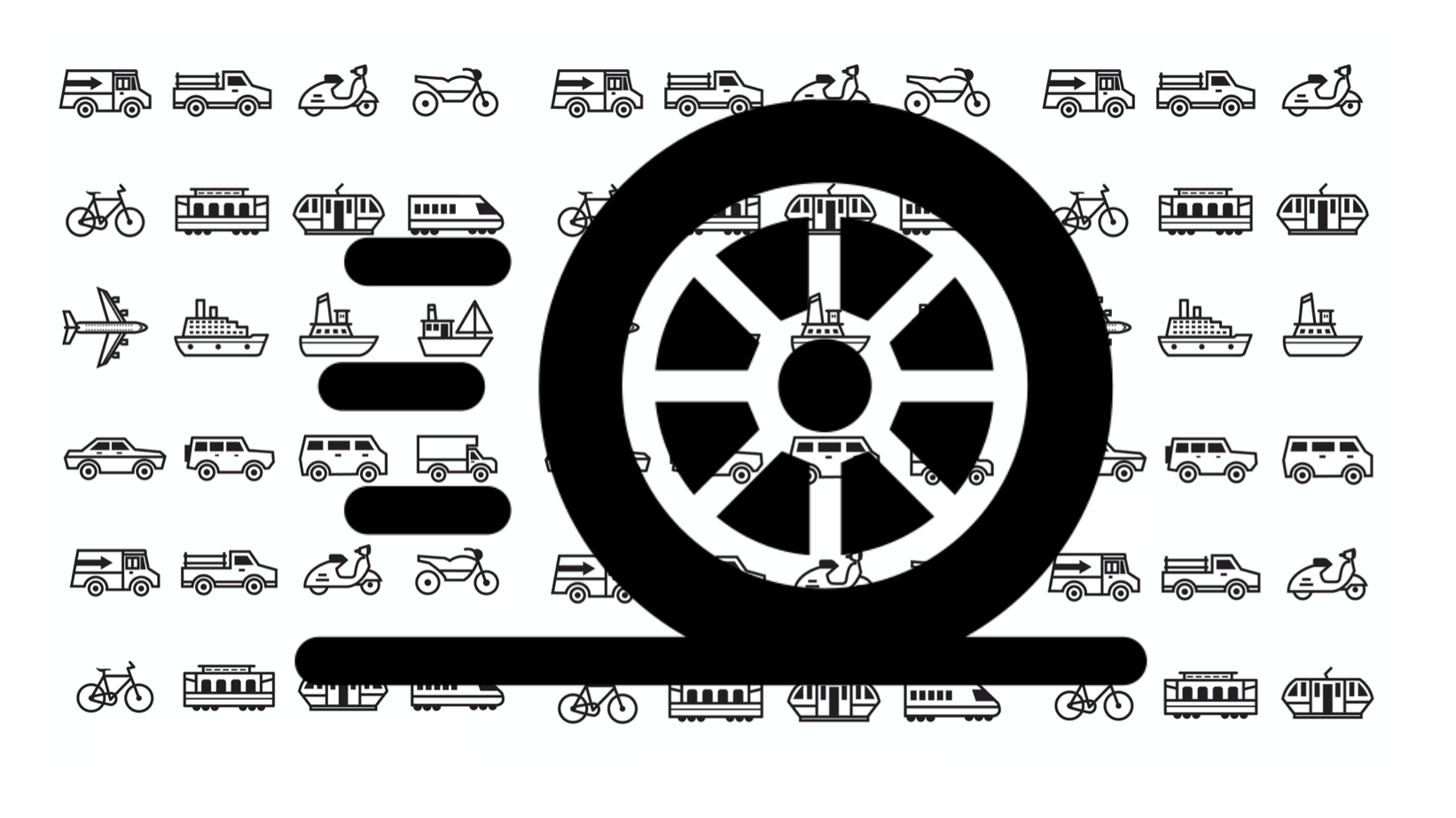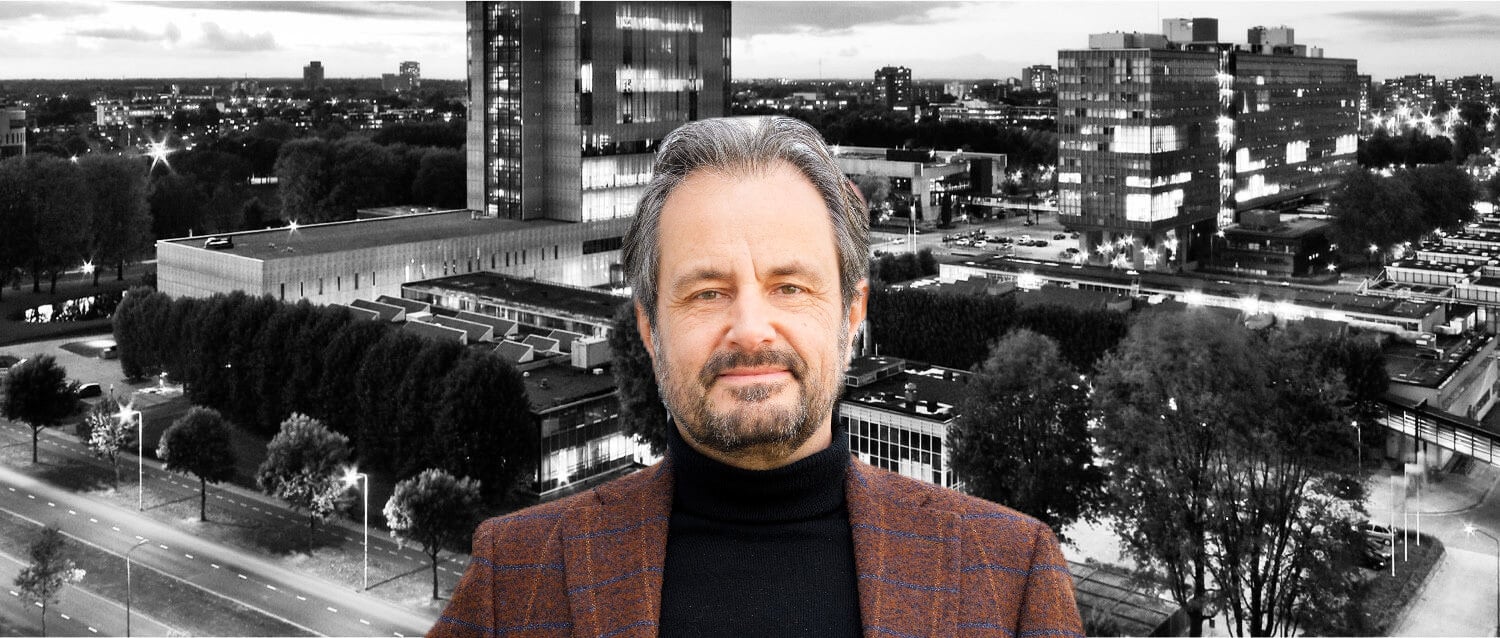
Mobility is dirty. But not nearly as dirty as it once was. Cars are ten to as many as a thousand times cleaner than their predecessors. This is thanks to a good interplay between researchers who show what is possible, governments who then set limits, and the industry that produces ever cleaner vehicles under the pressure of those regulations.
But that does not mean that the environmental problem of our mobility has been solved, even if our exhaust-free cars will soon be running on fully renewable electricity. This is increasingly related to particulate emissions from friction wear. In the case of a car, it’s mainly about brake and and tire/asphalt wear.

Fortunately, the emissions caused by brake dust are almost zero for an electric vehicle, because it primarily uses regenerative braking and hardly any mechanical braking. But the tire dust released is more difficult to solve. A car loses about one gram of tire material every five kilometers, most of which remains on the road as microplastics, but some of which is also blown into the air as particulate matter. Because the dust is repeatedly resuspended by other cars, keeping the road clean is an important first step in keeping the air clean. In addition, the first biodegradable tires are in development, which primarily reduces microplastic emissions. But that development is still far from a solution.
The bottom line is that because of all the friction, a car causes about 10 to 15 milligrams per kilometer of wear and tear particulate matter, plus another 5 to 10 milligrams of particulate matter from the wear and tear of the asphalt. This adds up to 15 to 25 milligrams per car per kilometer, while the exhaust of a gasoline or diesel car may emit a maximum of 5 milligrams of particulate matter per kilometer. Traveling by train does not help much in this area either. Various studies have shown that the wear and tear on rails, wheels, brakes, and catenary causes over 40 mg of particulate matter per passenger kilometer, which is over twice as much as a car.
Trains can reduce particulate emissions by coasting more towards a stop or by regenerative braking, although it is proving difficult to transport the electric power to other trains via the overhead lines. The Dutch start-up Hedgehog Applications is working on a system that captures that braking energy in batteries near the station. In Apeldoorn, they want to use that energy to power the entire electric city bus fleet. I foresee that more and more trains will have their own batteries to capture and reuse their own braking energy. In time, these batteries might even enable them to run without overhead wires, at least for part of the route. That is a good thing because overhead wires are expensive, vulnerable, and also cause quite a bit of particulate matter.
An important point to note is that all this wear dust generally contains larger and therefore possibly less harmful particulate matter than combustion emissions, although wear dust does contain more harmful elements such as heavy metals and polycyclic aromatic hydrocarbons (PAHs). The actual health damage still requires a lot of research.
Maarten Steinbuch and Carlo van de Weijer are alternately writing this weekly column, originally published (in Dutch) in FD. Did you like it? There’s more to enjoy: a book with a selection of these columns has just been published by 24U and distributed by Lecturis.

